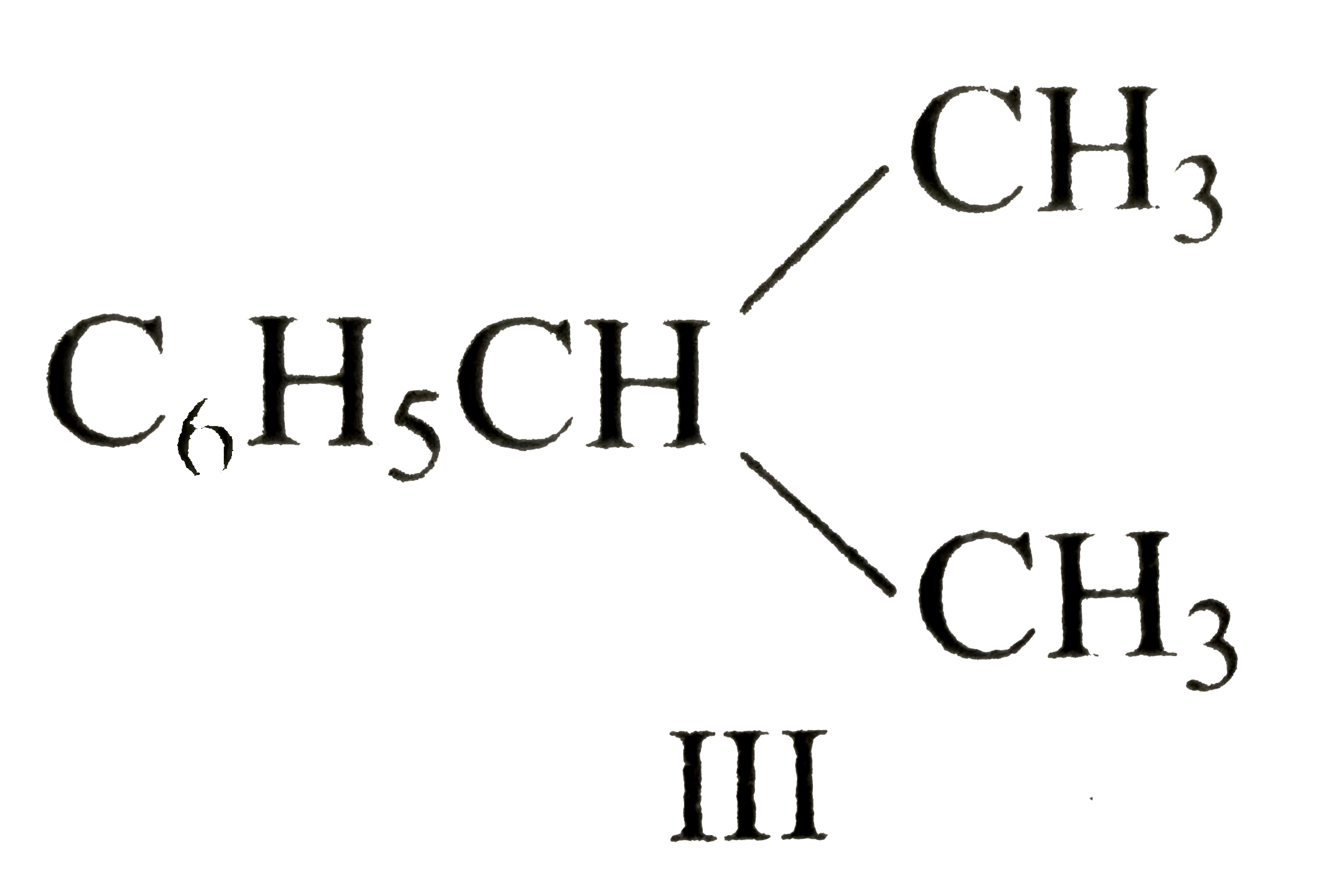Give reasons in two or three sentences only for the following: Phenul group is known to exert negative inductive effect, but each phenyl ring in biphenyl (C6H5−C6H5) is more reactive than benzene towards electrophilic substitution.
In biphenyl, one phenyl group acts as an electron donor, while the other acts as an electron acceptor Thus, due to this reason, the phenyl ring is more reactive than benzone towards electrophillic substituion.
Topper's Solved these Questions
- BOOK - CENGAGE CHEMISTRYCHAPTER - AROMATIC COMPOUNDS AND ALKYL AND ARYL HALIDES EXERCISE - Archives Subjective Type4videos
AROMATIC COMPOUNDS AND ALKYL AND ARYL HALIDES
- BOOK - CENGAGE CHEMISTRYCHAPTER - APPENDIX INORGANIC VOLUME 2EXERCISE - Short Answer Type179videos
APPENDIX INORGANIC VOLUME 2
- BOOK - CENGAGE CHEMISTRYCHAPTER - BIOMOLECULESEXERCISE - Exercises Archives (Analytical And Descriptive)8videos
BIOMOLECULES
Similar Questions
Knowledge Check
- Question 1 - Select One
C6H5−N2+X− is converted into benzene by using
AH3PO2BH3PO3CH3PO4DHPO3 - Question 2 - Select One
The order of reactivity of the following compounds
C6H5CH3 C6H5CH2CH3
towards electrophilic substritution will be :AI>II>III>IVBIV>III>II>ICII>I>III>IVDIII>II>I>IV - Question 3 - Select One
Assertion : Oxidation of toluene as well as ethyl benzene with KMnO4 gives benzoic acid.
Reason : Both toluene and ethyl benzene are more reactive than benzene towards electrophilic substitution reactions.AIf both assertion and reason are correct and reason is correct explanation for assertion.BIf both assertion and reason are correct but reason is not correct explanation for assertion.CIf assertion is correct but reason is incorrect.DIf assertion and reason are both incorrect.
C6H5 has electron withdrawing inductive effect yet each ring of biphenyl. C6H5−C6H5 is more reactive than benzene towards SE reaction and chief products are ortho and para-isomer. Show how reactivity and orientation can be aC Counted for on the basis of reasonance.
View SolutionThe following reaction,
 +C6H5CO3H. Gives :View Solution
+C6H5CO3H. Gives :View SolutionBenzil, C6H5COCOC6H5, on heating with aqueous KOH and subsequent acidification gives
View SolutionBenzene and other aromatic hydrocarbons, though contain π-bonds, yet they behave as saturated hydrocarbons. They are stable because of delocalisation of cloud. These undergo electrophilic substitution reactions as :
C6H5−H+YZ→C6H5Y+HZ
The reactivity of aromatic hydrocarbons towards electrophilic substitution depends upon the electron density in the benzene ring
In the reaction of C6H5Y, the major product is m-isomer. The group Y may beView SolutionBenzene and other aromatic hydrocarbons, though contain π-bonds, yet they behave as saturated hydrocarbons. They are stable because of delocalisation of cloud. These undergo electrophilic substitution reactions as :
C6H5−H+YZ→C6H5Y+HZ
The reactivity of aromatic hydrocarbons towards electrophilic substitution depends upon the electron density in the benzene ring
The electrophile in sulphonation of benzene isView Solution

